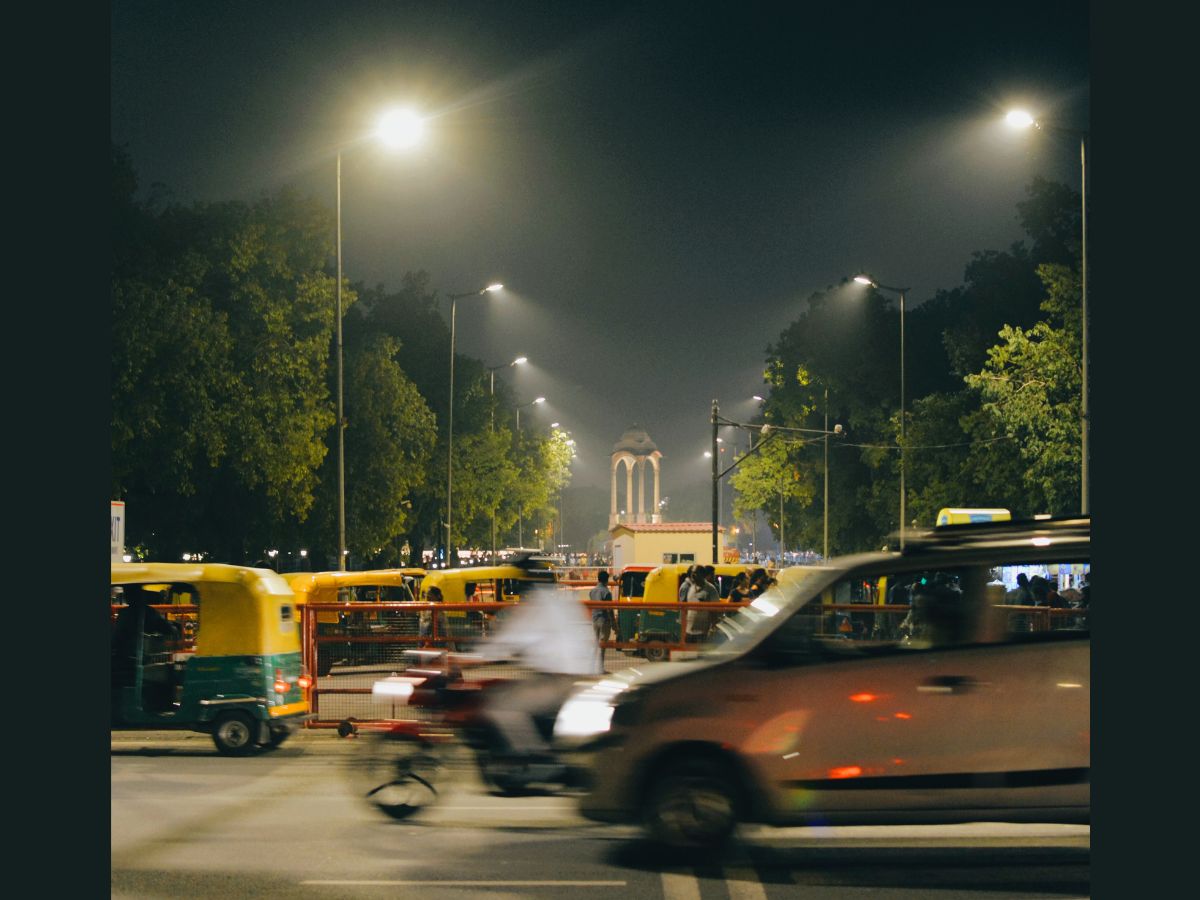As Delhi prepares for the impacts of climate change, the city government’s draft action plan proposes reducing its reliance on hydropower from other states due to potential challenges in generation capacity caused by changing temperatures and precipitation.
According to the Delhi Economic Survey 2022-23, in the fiscal year 2021-22, Delhi procured a total of 37,460 million units of electricity. Out of this, approximately 16.65 percent came from power plants owned by the Delhi government, while the rest was purchased from the central government and other states.
The energy and power sector in Delhi faces numerous challenges with climate projections indicating rising temperatures and more intense periods of heavy rainfall. These extreme weather events and altered precipitation patterns pose threats to infrastructure and energy supply security.
The draft plan highlights that hydropower output can be significantly affected by changes in temperature and precipitation, and since Delhi lacks its own hydropower generation capability, it relies on other states for this energy source.
To address these challenges, the report suggests reducing dependence on hydropower and instead focusing on other renewable and clean energy sources. In this regard, the city government launched the Delhi Solar Policy in 2016, with the goal of establishing 2,000 MW of solar power installations by 2025. Government buildings with rooftops larger than 500 square meters are required to have solar panels installed, and incentives were provided to encourage solar power usage in homes.
The draft plan also recommends improving building specifications to withstand extreme conditions such as higher wind speeds and temperatures. Underground distribution can protect against wind, high temperatures, corrosion, and flooding, while higher design standards for distribution poles can guard against strong winds and floods. Additionally, better cooling systems for substations and transformers can help manage rising temperatures.
The plan suggests enhancing the design of solar photovoltaic systems to improve airflow and reduce panel temperature, thus boosting power output. Heat resistant cells, modules, and components are also suggested for better performance.
Quick-response repair teams are proposed to handle damages caused by extreme weather and disasters, facilitating faster recovery during emergencies.
According to the plan, if climate change impacts are not addressed, Delhi could suffer a substantial loss of Rs 2.75 lakh crore by 2050. The plan identifies “heat waves/higher temperature and heavy precipitation events over fewer number of days” as major challenges that the city will face in the future.
India introduced its National Action Plan on Climate Change (NAPCC) in 2008, and states were instructed to create their own action plans in alignment with the NAPCC strategies. Delhi’s previous climate action plan, finalized in 2019 after a lengthy consultation, is now considered outdated.
During the formulation of the new plan, the Intergovernmental Panel on Climate Change Sixth Assessment Report (IPCC AR6) was examined to analyze the impacts of different climate scenarios on temperatures and precipitation in Delhi.
The projections indicate a rise in summer maximum temperatures in Delhi by 1.5 degrees Celsius under the RCP 4.5 scenario and a 2.1-degree Celsius increase under the RCP 8.5 scenario by mid-century.
The Paris climate talks in 2015 aimed to limit global warming to 1.5 degrees Celsius compared to pre-industrial levels to avoid severe and irreversible effects of climate change. The Earth’s global surface temperature has already risen by around 1.15 degrees Celsius since the start of the industrial revolution, and continued business-as-usual scenarios could lead to a temperature rise of around 3 degrees Celsius by the end of the century.
(With PTI inputs)





